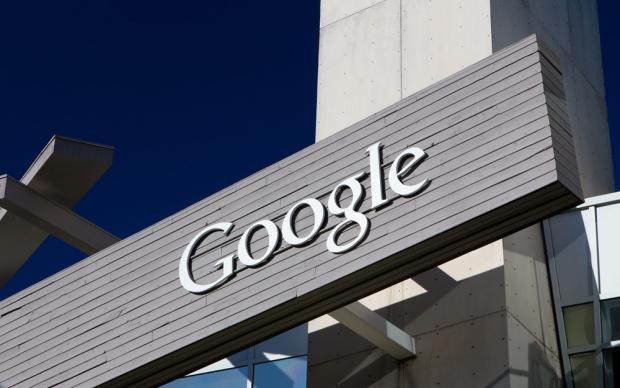On the Market: Apple, Google, and Collusion
In January 2015, four Silicon Valley companies, including Apple and Google, agreed to pay $415 million to settle a class-action lawsuit alleging that the companies agreed nearly a decade ago not to poach each other’s employees. That agreement, the suit alleged, allowed the tech giants to artificially manipulate the industry’s salaries.
It is unclear how the deal originated. One rumor has it that, around 2007, Steve Jobs approached various companies like Pixar, Google, and Lucasfilm. According to CNN Money, Google was planning an expansion and targeted several Apple engineers. An email proposal made its way back to Jobs, who threatened to retaliate if Google hired any of his employees. A deal was struck.
While it is understandable that a company would not want to lose its staff to competitors, such policies trap lower- and mid-level staff in a narrow funnel with two options: climb a single corporate ladder or be unemployed. Employers have less incentive to reward staff with raises and promotions when they have made it impossible for their staff to seek better opportunities in the industry.
What makes this case strange is that, according to Venable.com, California is one of the few states that cannot legally enforce non-compete agreements, which forbid employees from leaving a company to join a competitor. That makes Apple and Google’s non-poaching agreement more like an under-the-table, Mafia-style contract.
If it were not for Facebook refusing to join the unofficial truce, the situation might have gotten even more out of hand. CNN reported that Facebook’s poaching from Google forced Google to boost “the base salary of all of its salaried employees by 10% and provide an immediate cash bonus of $1000 to all employees.”
Facebook’s refusal to join the truce illustrates the importance of a competitive market. Companies cannot afford to be complacent when competitors are chomping at the bit to dethrone them. In Wealth of Nations, Adam Smith argues that competition is the free market’s regulator: “…to narrow competition,” he writes, “is always the interest of the dealers.” For almost a decade, Apple and Google—with hundreds of thousands of employees—were able to substantially cut back on the capital stresses of staff retention. Money that could have been used to incentivize employees to stay was used to procure intellectual property and pay litigation fees.
People on all points of the political spectrum can agree that the more people spending money, the healthier the economy; more currency circulating means more goods and services being purchased, leading to a higher gross domestic product. There are many different theories about what will best stimulate the economy. Some believe securing the capital of large corporations and their executives will help generate more jobs among lower classes. They argue for more relaxed regulations so they can expand operations and employ more individuals. Others believe that alleviating financial burdens on the lower classes will encourage spending and job growth. These people argue that, given the opportunity, the middle class will be able to reboot our country’s declining start-up numbers and develop a competitive market, which in the end will benefit the consumers.
We have seen firsthand what happens when our country favors the former approach. The economy is reduced to a few mega-powers that are able to run the table. There has almost never been a time monopolies benefited the general population.
Views expressed are the opinion of Jeff Goldfarb and not necessarily those of Raymond James Financial. Expressions of opinion are as of this date and are subject to change without notice. The information contained in this report does not purport to be a complete description of the securities, markets, or developments referred to in this material. The information has been obtained from sources considered to be reliable, but we do not guarantee that the foregoing material is accurate or complete. Past performance may not be indicative of future results.

